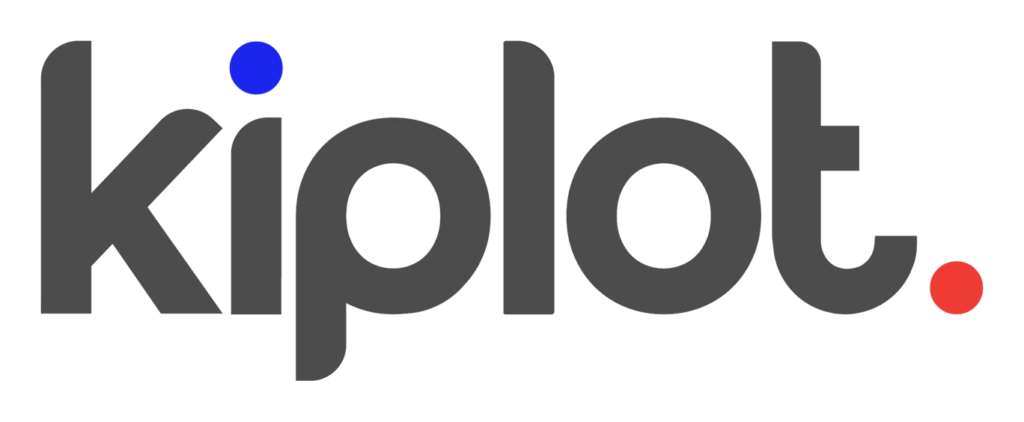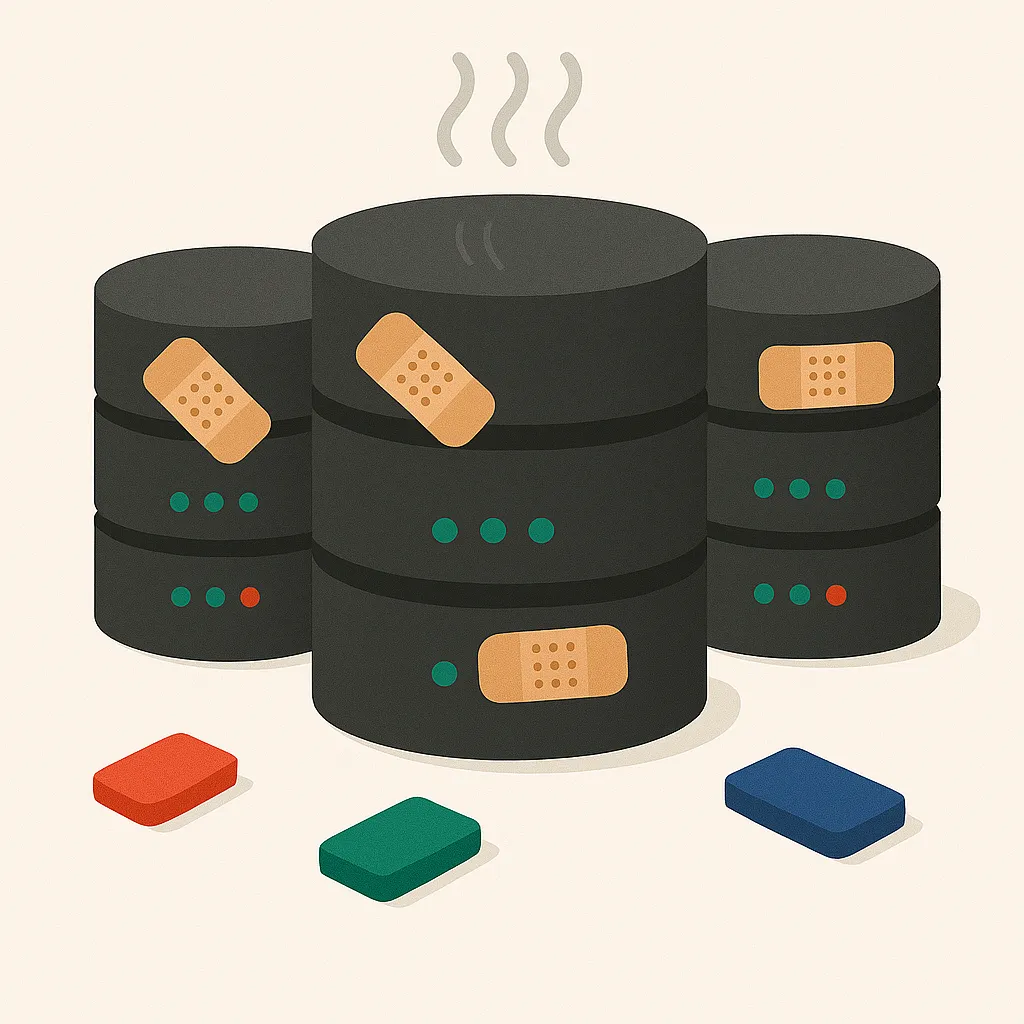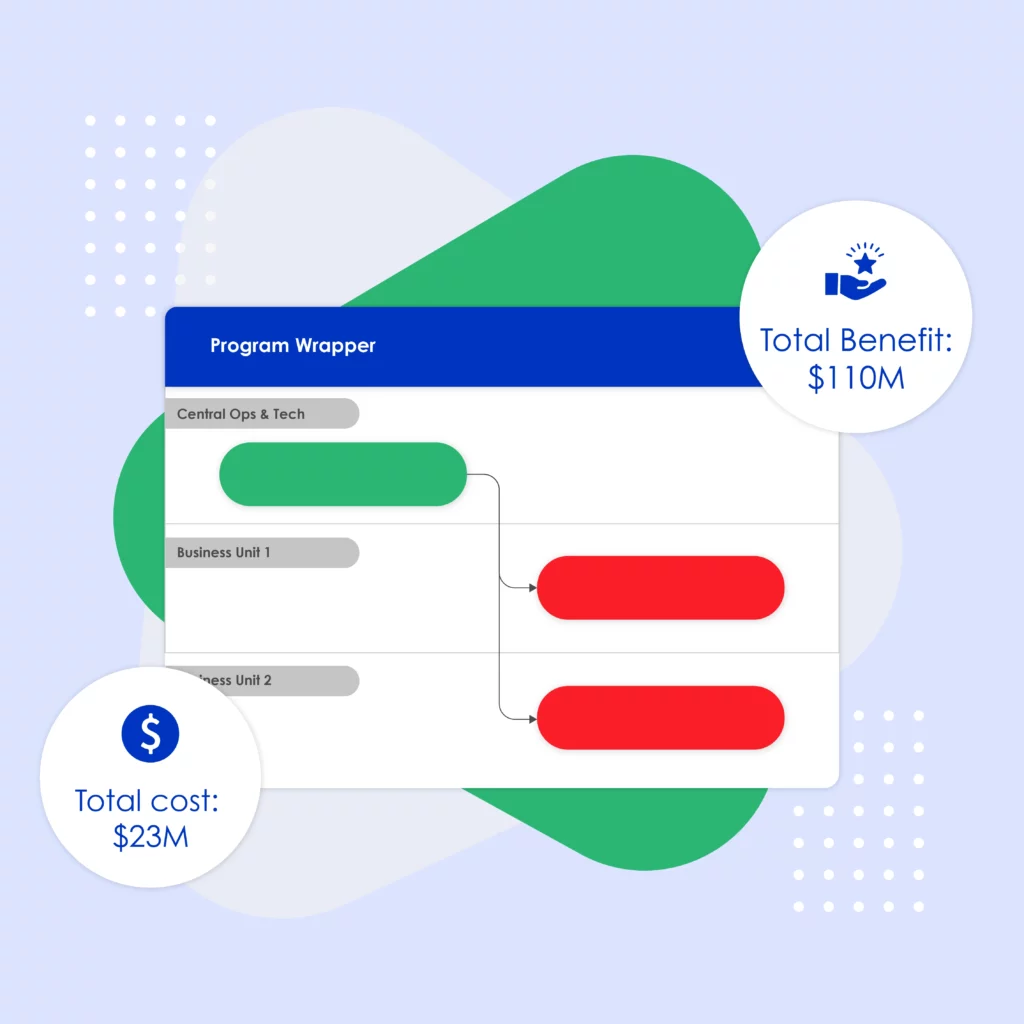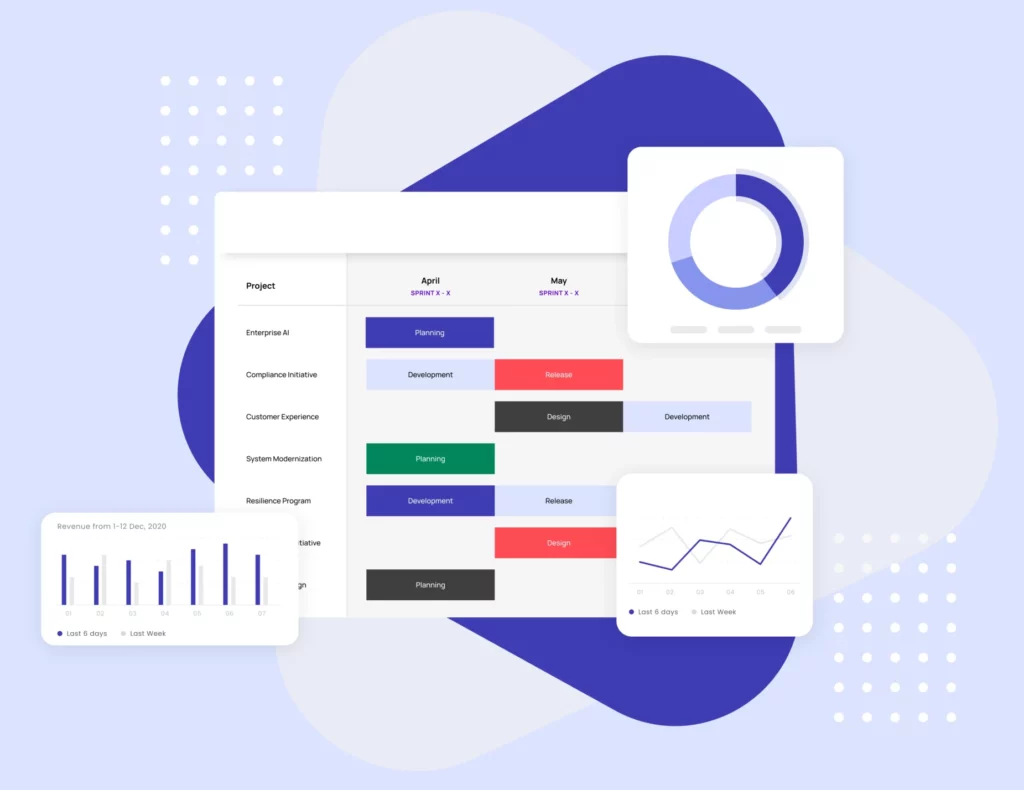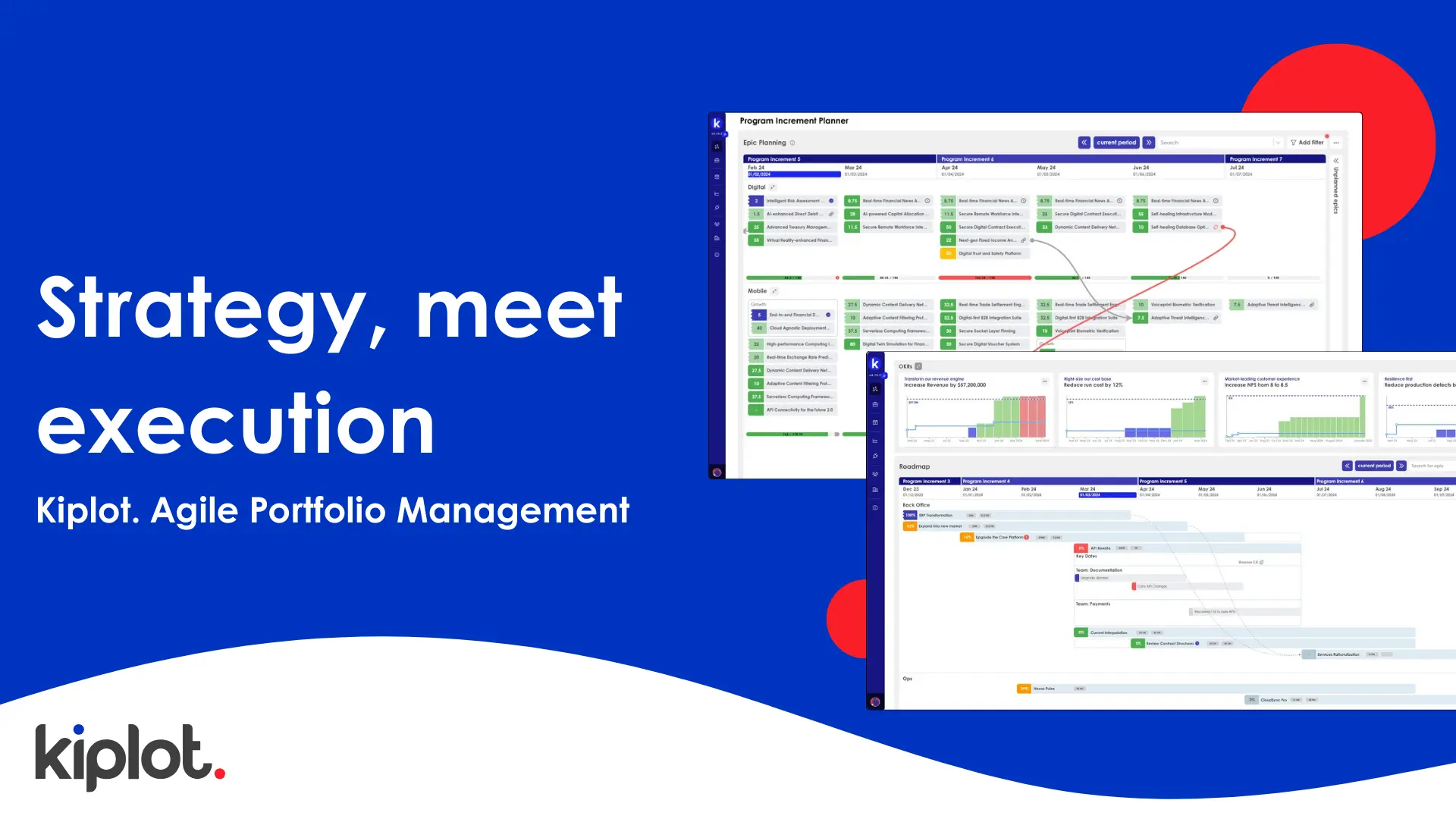Time tracking without time sheeting: a practical guide
Introduction Traditional timesheets are often viewed as administratively heavy, yet auditors typically require detailed time tracking to support capitalization calculations and financial reporting. Fortunately, it's possible to implement an effective alternative by leveraging a strong culture of estimation. This method calculates a clear cost per unit delivered (e.g., per story point), enabling precise financial tracking. […]
Time tracking without time sheeting: a practical guide Read More »
